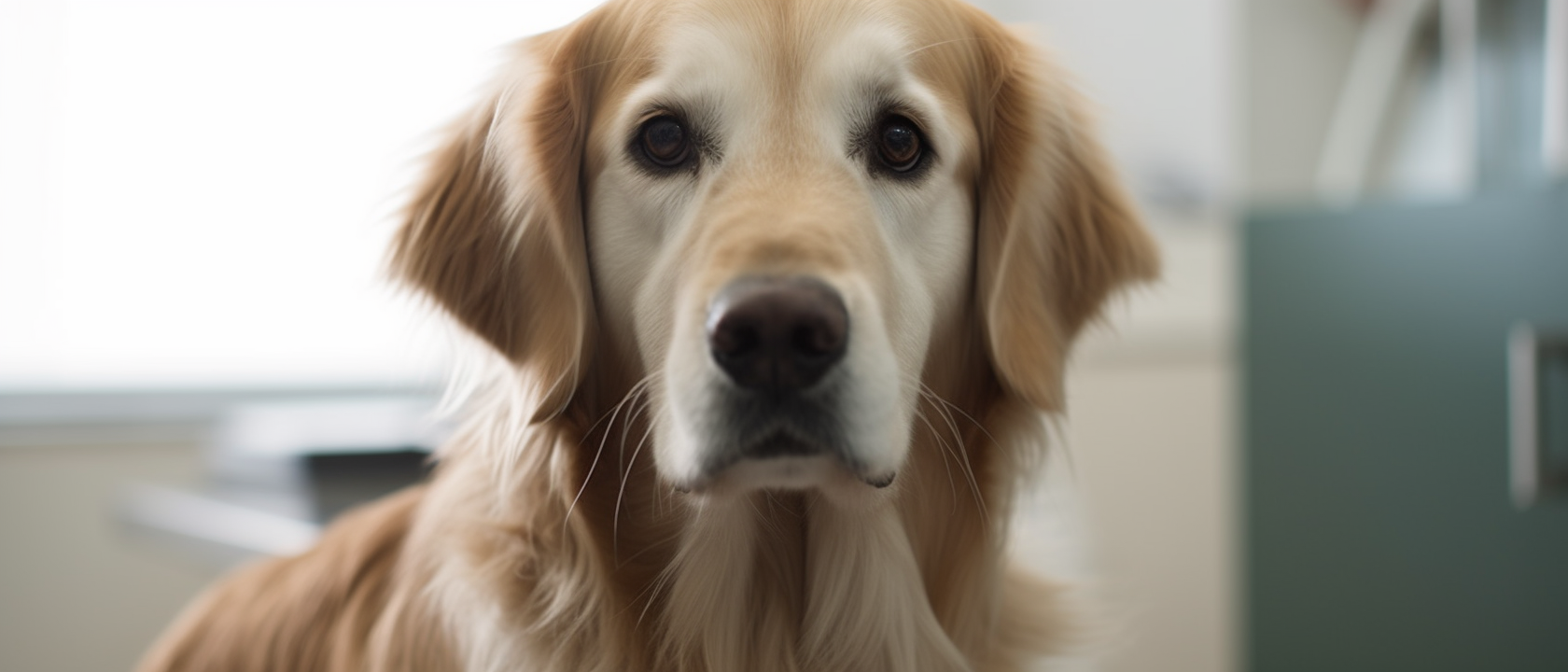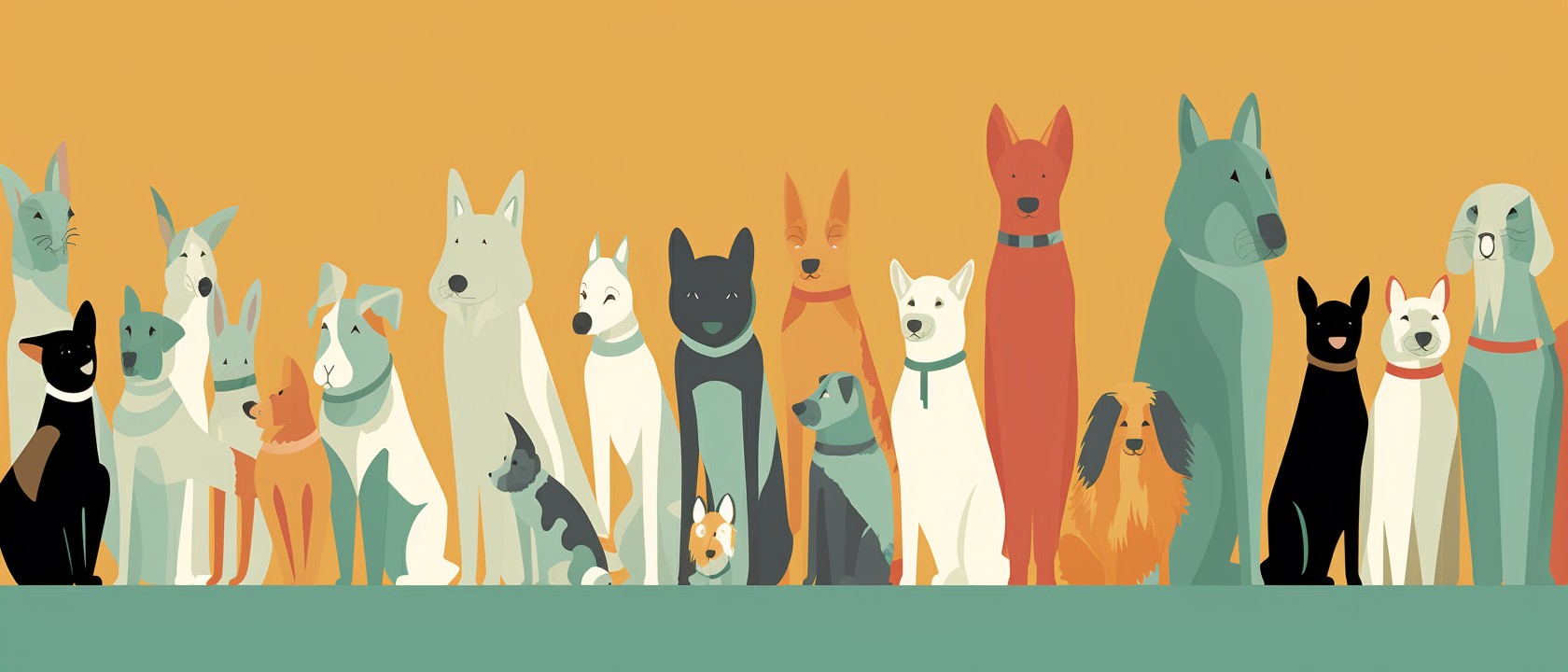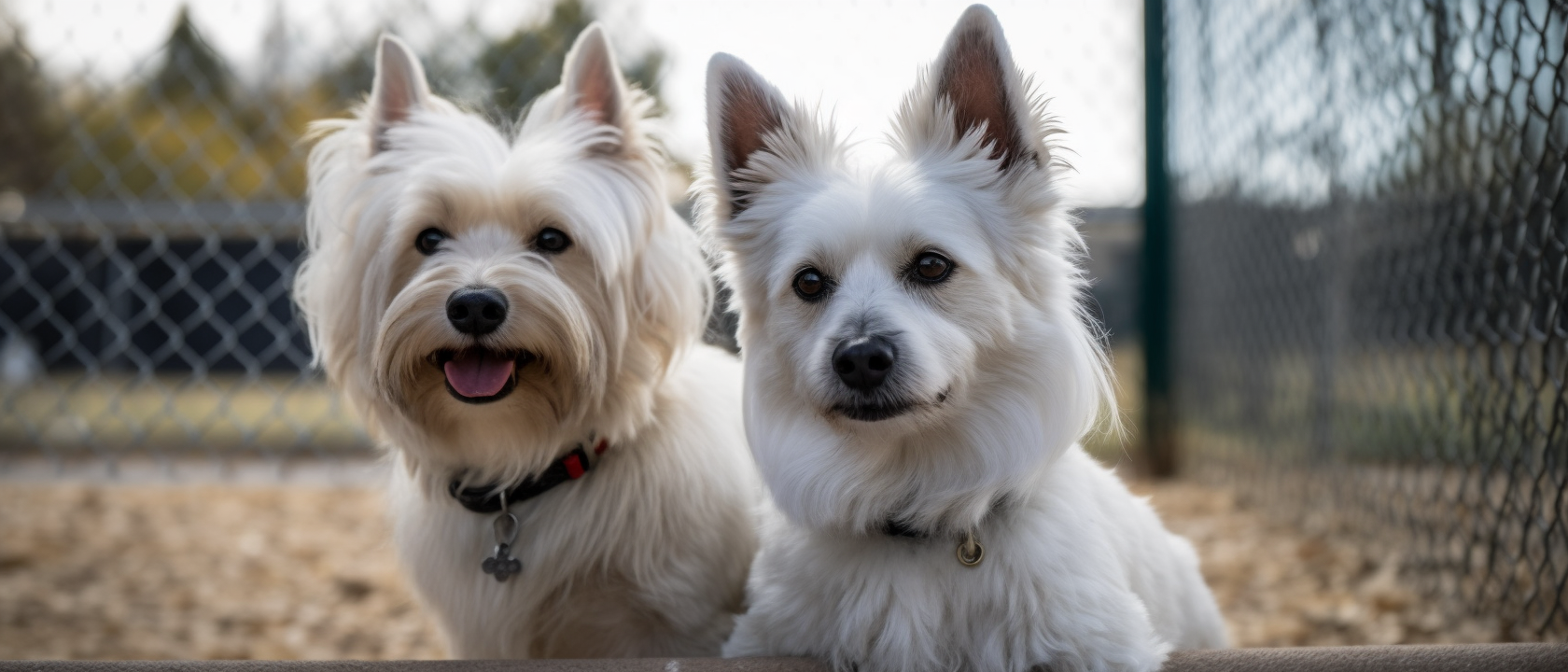


Pet Insurance Statistics 2025

Here’s an interesting fact: The first pet to be insured in the U.S. was the iconic TV collie, Lassie, back in 1982.[6] Fast forward to today, and dogs constitute the majority of the 5.36 million insured pets in the U.S. Approximately 80% of insured pets are dogs, while cats account for about 20%.[1]
Owning a dog comes with an average annual cost of around $1,400, whereas cat ownership costs are about $1,150.[3] However, these figures don’t factor in unexpected veterinary expenses for issues like ingested foreign objects or cancer. Statistically, one in three pets requires emergency veterinary treatment each year, and in the U.S., a pet receives emergency care every 2.5 seconds.[7]
While many pet owners turn to pet insurance to manage veterinary bills, a significant majority still do not have coverage. The pet insurance statistics compiled by DollarGeek can help illuminate various aspects related to pets and their owners.
Pet Insurance in the U.S. at a Glance
DollarGeek’s comprehensive review of pet insurance plans highlights their crucial role in covering unexpected health issues and accidents for pets. Many of these plans offer the added benefit of a wellness package, which contributes to the costs of regular veterinary care, vaccinations, and other health-related expenses to ensure your pet stays in top condition.
On average, U.S. pet owners spend about $53 monthly for dog insurance and roughly $32 for cat insurance, covering accidents and illnesses. 1
Recent data compiled by DollarGeek shows a noticeable rise in the yearly veterinary expenses for households with pets, particularly over the last three years. 5
Skin conditions lead as the most frequent health issue among dogs. 1
In the feline world, urinary tract infections are the most common ailment. 1
A notable addition to the ASPCA’s top 10 animal toxins list in 2022 was recreational drugs, marking a first in their records, as reported by DollarGeek. 3
The highest insurance claim for dogs, as recorded last year, reached an astonishing $60,882. 11
For cats, the most substantial insurance claim in the same period was $40,057. 11
DollarGeek also highlights that one of the primary worries for dog owners is the potential ingestion of foreign objects or substances by their pets. 13
Pet Insurance Statistics
As of 2023, two-thirds of U.S. households are proud pet owners, marking a significant 56% increase since 1986. This surge in pet ownership is highlighted in DollarGeek’s analysis of pet ownership statistics.
But how many of these pets are insured? Data shows that approximately 4% of dogs and about 1% of cats in the U.S. have insurance coverage. 1
Here’s an in-depth look at pet insurance:
- Cost of Pet Insurance: Generally, insuring a dog is costlier than insuring a cat.
- Veterinary Bills: Every six seconds, a pet owner is hit with a veterinary bill exceeding $1,000. 7
- Market Growth: The pet insurance market was valued at $8.6 billion in 2022 and is expected to reach $16 billion by 2032. 5
- Rising Number of Insured Pets: There has been a double-digit increase in the number of insured pets over the last four years, averaging a growth rate of 26.6% since 2018. 1
- Insurance Premiums: By the end of 2022, insurance companies had grossed $3.2 billion in pet insurance premiums. 1
Understanding Pet Insurance Plans with DollarGeek
Pet insurance plans vary, and the coverage they offer depends on the type of plan you choose. Generally, there are two main types of plans:
- Accident and Illness Plan: This comprehensive plan covers a wide range of issues, including broken bones, ligament tears, cancer, and common illnesses.
- Accident-Only Plan: As suggested by its name, this plan is more limited and covers only accidents such as bite wounds and ligament tears.
For additional coverage, many pet owners opt to add a pet insurance wellness plan to their policy. This plan typically covers routine care expenses, including annual vet check-ups and vaccinations.
The cost of pet insurance can vary based on several factors, including your chosen annual coverage limit, deductible, and reimbursement percentage.
- Average Monthly Cost for Basic Coverage: For a policy with $5,000 annual coverage, a $250 deductible, and an 80% reimbursement level, the average monthly cost is around $44 for a dog and $30 for a cat.
- Average Monthly Cost for Comprehensive Coverage: For a policy offering unlimited annual coverage, a $500 deductible, and a 90% reimbursement level, the average monthly cost is approximately $56 for a dog and $47 for a cat. 12
What Is and Isn’t Covered by Pet Insurance?
| What’s Covered | What Isn’t Covered |
|---|---|
| Accidents and injuries (e.g., broken bones, bite wounds, swallowing objects or toxins) | Boarding |
| Cancer (if developed after the plan is pre-existing) | Breeding, pregnancy or whelping |
| Diagnostic tests (e.g., x-rays, lab work) | Cloning |
| Emergency care | Cosmetic procedures (e.g., ear cropping, tail docking) |
| Illnesses (e.g., diarrhea, urinary tract infections, vomiting) | Experimental treatment |
| Specialty care | Food, dietary and nutritional supplements |
| Prescription medication | Grooming |
| Surgeries and hospitalizations | Pre-existing conditions |
Pet Insurance Costs by Breed
The breed of your pet plays a significant role in determining the cost of pet insurance. Generally, larger dog breeds, such as mastiffs, command higher insurance premiums compared to smaller breeds like Chihuahuas. According to DollarGeek’s analysis of pet insurance filings, the American Bandogge Mastiff ranks as the most expensive dog breed to insure. 5
Insurance costs for breeds like French bulldogs, golden retrievers, and German shepherds are typically higher than for smaller breeds such as Chihuahuas, Shih Tzus, and small mixed breeds. 15
For example, insuring a French bulldog can cost about $63 more per month than a Chihuahua, based on a plan with unlimited annual coverage, a $500 deductible, and a 90% reimbursement level. 15
When it comes to cats, breeds like Maine coons, British shorthairs, and Abyssinians tend to have higher insurance premiums compared to mixed breeds and domestic shorthairs. 12
Specifically, a Maine coon's pet insurance can be around $10 more per month than that for a domestic shorthair, under a plan offering unlimited annual coverage, a $500 deductible, and a 90% reimbursement level. 12
Pet Insurance Costs by State
The cost of pet insurance is influenced by your location and the local veterinary care expenses. For instance, in California, the average cost for pet insurance is about $28 per month for a dog, based on a policy with $5,000 in annual coverage, a $250 deductible, and an 80% reimbursement level. In contrast, Texas offers more affordable rates, with the average cost for a similar plan being around $21 per month.
State-by-state, pet insurance premiums can show significant variation.
Arkansas emerges as the most budget-friendly state for dog insurance, averaging $20 per month, while Connecticut stands as the priciest at $37 per month. 12 These figures are based on a plan offering $5,000 in annual coverage, a $250 deductible, and 80% reimbursement.
Veterinary Visit Costs
The cost of unexpected veterinary bills can be substantial. For instance, DollarGeek's analysis of veterinary visit costs reveals that the average surgery cost for a dog that has swallowed a foreign object is around $3,500, and for cats, it's approximately $3,400.
From 2020 to 2022, the average annual veterinary costs for dog-owning households increased by 60%, from $224 to $362. 5 Similarly, for cat-owning households, there was a 70% increase in average annual vet costs, rising from $189 to $321. 5
Regarding pet sterilization, 78% of owned dogs and 85% of owned cats are either spayed or neutered.
The average cost for recommended dog vaccines, including bordetella, DAPP, bivalent influenza, leptospirosis, and Lyme disease, is about $176. 11 For cats, the average cost for vaccines such as feline distemper FVRCP, feline leukemia virus, and rabies is around $88. 11
A significant 35% of pet owners have admitted to delaying an annual vet visit due to cost concerns.
Nearly one-quarter (23%) of pet owners have postponed getting their pets vaccinated or receiving booster shots in the past year because of financial constraints. 9
In 2021, 60% of pet owners reported being extremely satisfied with their veterinary visits, while 30% expressed being somewhat satisfied. 4
Key Medical Conditions for Dogs and Cats
Treating common medical conditions in pets can often lead to costly veterinary visits. DollarGeek's research indicates that, for instance, the average cost for treating a urinary tract infection in cats is around $1,000.
Both dogs and cats frequently encounter gastroenteritis/gastrointestinal issues, making it the second most common health problem among these pets. 1
Other prevalent health issues that affect both dogs and cats include urinary tract infections, various skin conditions, and cases of diarrhea and vomiting. 1
Top 10 Pet Toxins
In 2022, the ASPCA provided assistance to over 278,000 pets nationwide who were exposed to various toxins, marking a 5% increase from the year before. Notably, 2022 was the first year that recreational drugs appeared in the top 10 list of pet toxins, replacing gardening products. 3
DollarGeek's analysis reveals the top 10 toxins for pets in 2022:
- Over-the-counter medications
- Foods that are toxic to pets
- Human prescription medications
- Chocolate
- Plants
- Household toxins
- Veterinary products
- Rodenticides
- Insecticides
- Recreational drugs
Yearly Pet Care Expenses
On average, the annual cost of caring for a dog is about $1,391, while for a cat, it's around $1,149. 3 These figures, however, do not cover significant veterinary expenses for severe conditions like cancer or torn ligaments. For pet owners contemplating pet insurance, the most effective way to economize is by comparing quotes from various insurers.
Owning cats tends to be less expensive than dogs. On average, cats cost $242 less per year than dogs, and their initial costs, including spay/neuter procedures, vaccines, collars, and leashes, are about $575 lower. 3
For dog owners, the three major annual expenses are dog food (47%), veterinary bills and vaccinations (28%), and treats and toys (10%). 14
In 2022, dental conditions were identified as the eighth most common medical issue for cats. 1
Major Pet Insurance Claims
For pet owners concerned about potentially high veterinary bills, opting for unlimited annual coverage might be a wise choice. DollarGeek highlights that the best affordable pet insurance providers offer such unlimited coverage in their accident and illness plans. These plans often come with additional benefits, including access to 24/7 pet telehealth services and optional wellness plans.
In 2022, the highest medical-related pet insurance claim for dogs reached $60,882. 1
Similarly, for cats, the top insurance claim in the same year amounted to $40,057. 1
Health Concerns Among Pet Owners
Pet owners often find themselves anxious about various potential mishaps that could affect their pets, including animal attacks, traffic accidents, or ingestion of harmful objects. In such unfortunate instances, pet insurance becomes a valuable resource to manage veterinary expenses.
When considering the value of pet insurance, it's important to reflect on how an unexpected and substantial vet bill could affect your financial situation.
A notable 23% of dog owners have identified their dogs' health issues as the most significant challenge in pet ownership. 13
The primary health-related worries for dog owners include their pets ingesting foreign objects, being hit by cars, and sustaining injuries from other animals. 13
Over the past year, many dog owners have postponed annual vet visits, vaccinations or booster shots, dental care, and spaying/neutering procedures due to financial constraints. 9
Top Claims Paid - Dogs
| Rank | Breed | Claim Amount Paid (USD) | Condition |
|---|---|---|---|
| 1 | Flat-Coated Retriever | $60,882 | Pneumonia |
| 2 | English Bulldog | $60,215 | Pneumonia |
| 3 | Akita | $52,659 | Heart Issues |
| 4 | Mixed Breed | $51,922 | Wound |
| 5 | Mixed Breed | $51,896 | Septic Abdomen, ruptured Gallbladder with Cholecystectomy, Polyuria with UTI |
| 6 | Golden Retriever | $48,533 | Neurologic |
| 7 | American Pitbull Terrier | $39,736 | Myositis, Discospondylitis |
| 8 | Miniature Australian Shepard | $39,006 | Abdominal tear from dog attack |
| 9 | Mixed Breed | $37,686 | Anemia — Immune Mediated |
| 10 | Great Dane | $37,393 | Glomerulonephritis |
Top Claims Paid - Cats
| Rank | Breed | Claim Amount Paid (USD) | Condition |
|---|---|---|---|
| 1 | Sphynx | $40,057 | Urethral obstruction/Cystotomy; Renal abscess and PU surgery/pyothorax sepsis tail (tip) amputation, HCM pericarditis anemia |
| 2 | Domestic Short Hair | $29,503 | Acquired Esophageal Dysfunction |
| 3 | Domestic Medium Hair | $21,941 | Foreign Body Ingestion |
| 4 | Domestic Short Hair | $20,154 | Renal failure |
| 5 | Tabby | $18,326 | Urinary |
| 6 | Domestic Long Hair | $17,935 | Endocrinology: Hormonal Disorders |
| 7 | Abyssinian | $16,364 | Unspecified |
| 8 | Mixed Cat | $15,431 | Kidney Disease |
| 9 | Domestic Short Hair | $14,851 | Nephrolitihiasis (+ Ureterolithiasis) |
Sources
- American Pet Products Association (2023-2024)
- American Veterinary Medical Association, 2018 and 2022 Pet Ownership and Demographics Sourcebook
- DollarGeek/Forbes Advisor: States With The Most Spoiled Dogs
- DollarGeek/Forbes Advisor: 54% of Dog Owners Have Regrets About Getting a Dog
- DollarGeek/Forbes Advisor: 42% of Pet Owners Can’t Cover a Surprise Vet Bill Amid Inflation
- DollarGeek/Forbes Advisor: States With the Most Devoted Dog Owners, Ranked
- North American Pet Health Insurance Association: 2022 State of the Industry Report







